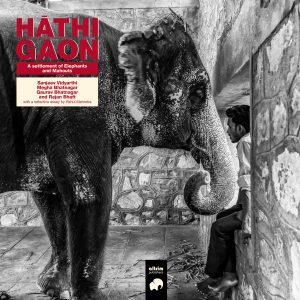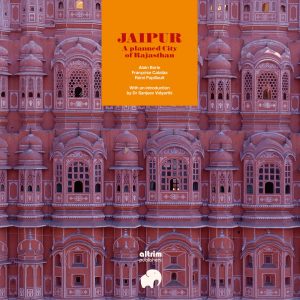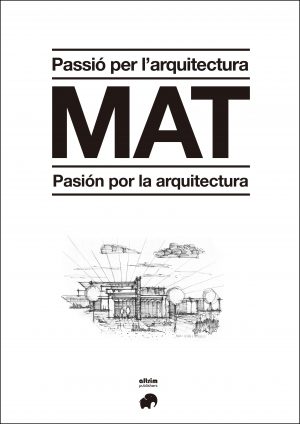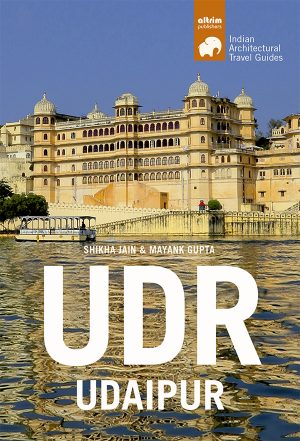| Title | JAI Jaipur Architectural Travel Guide |
Size | 126 x 184mm |
|---|---|---|---|
| Authors | Sanjeev Vidyarthi and Prathiksha Singh |
Pages | 230 |
| Subject | Architecture – Travel |
Characteristics | Paperback |
| Language | English |
ISBN | 978-84-942342-4-8 |
| Publication date | August 2018 |
JAI – JAIPUR ARCHITECTURAL TRAVEL GUIDE
25.00€
By Sanjeev Vidyarthi and Prathiksha Singh
Discover the city of Jaipur, the capital of Rajasthan. Founded in the 18th century by the Maharaja Sawai Jai Singh, it was planned according to Indian Vastu Shastra, in a grid system with uniform rose pink buildings. Jaipur is a melting pot of Rajput, Mughal and several other cultures and is also the seat of a generous amount of vernacular tradition. Even so, the Pink City has retained its unique flavour and old world charm. Visitors will also find a contemporary architecture that infuses new shapes with the legacy of the past and the spirit of place.
Browse the book:
Readers reviews
The Jaipur Architectural Travel Guide is impressively designed and structured to cater to the needs of a wide range of visitors ranging from architectural students and architects to tourists, academicians and researchers.
I particularly used the guide in Jaipur and found that it offered one of the widest variety of itineraries for the city including descriptions of the lesser explored historic places.
Moreover, the itineraries are well supplemented by clear plans and drawings which are very useful for a deeper understanding of the historic buildings. The guide gives an opportunity to the user for exploring the complete gamut of monuments, cultural landscapes, gardens, bazars and arts and crafts of Jaipur in a very flexible manner by picking on any one of the preferred itinerary. Besides, the index of monuments, sites and buildings is very useful to locate a site that one specifically wants to visit. The guide also goes beyond the conventional historic touristy places to cover architectural landmarks and public spaces of the later period of the 20th century.
The size, thickness and layout of this book is very appropriate for referring while taking the itinerary and the graphics of the book are superbly designed within a legible format. It is indeed a very useful publication that any architectural student, architect or any other related researcher and professional must refer for experiencing Jaipur city and its architecture in totality.
Dr. Shikha Jain
Director, DRONAH and Chairperson, DRONAH Foundation; Chairperson DRONAH Foundation, Cultural Heritage expert in UNESCO World Heritage Committee
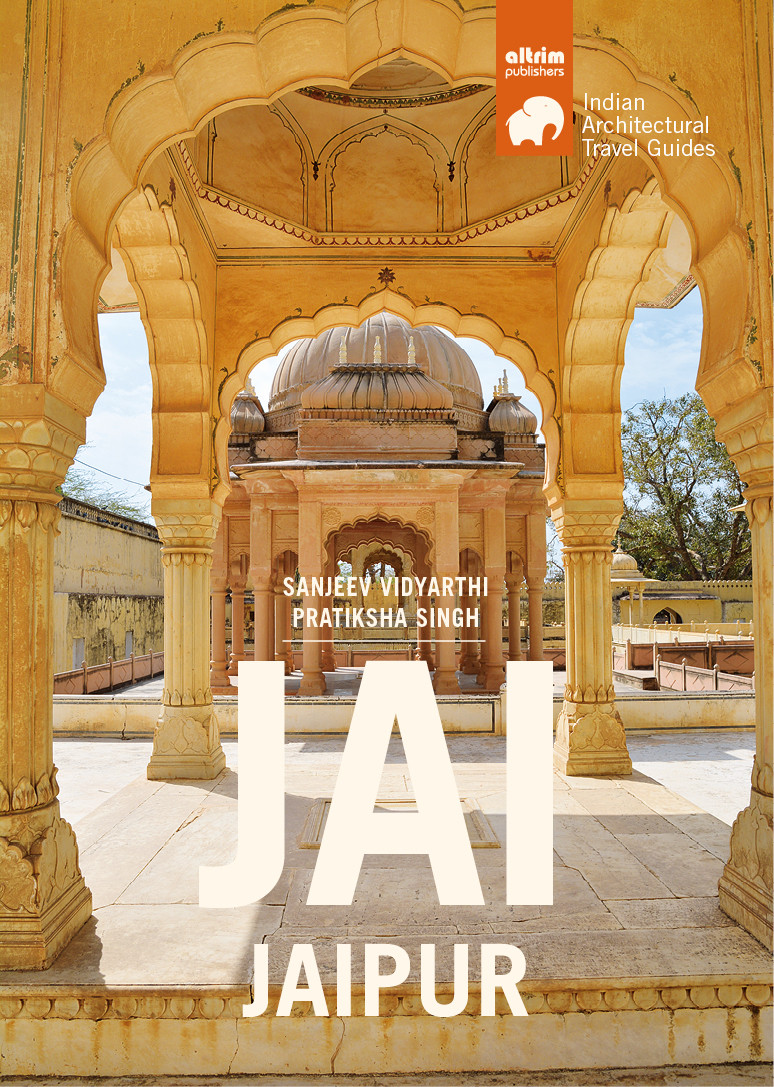
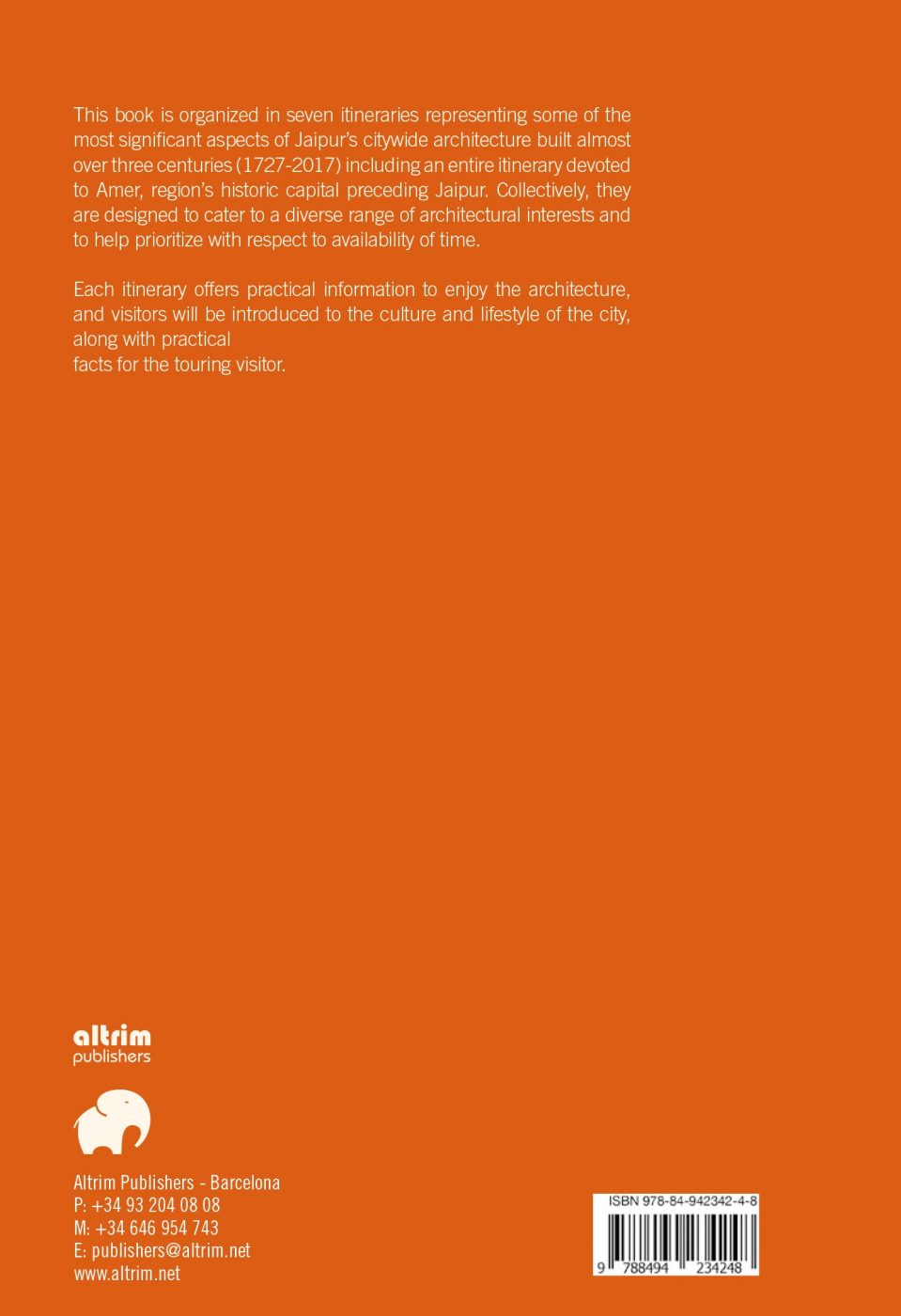
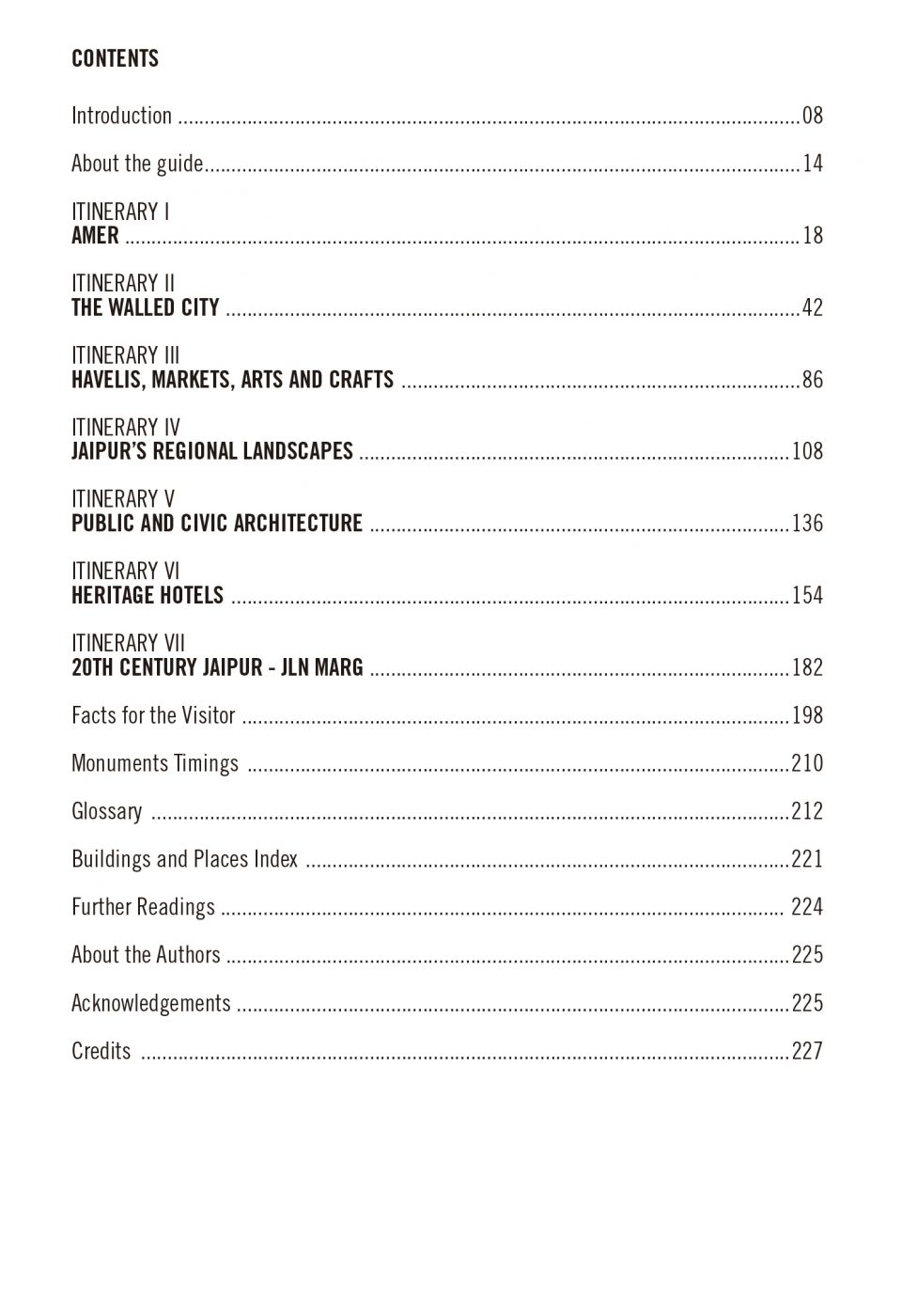
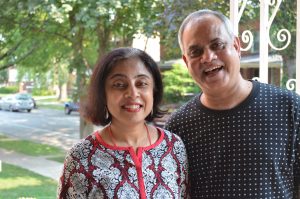 Dr Sanjeev Vidyarthi is an associate professor of urban planning and policy and a senior fellow of the Great Cities Institute at the University of Illinois, Chicago. Trained as an architect, urban designer and spatial planner, his research interests span the fields of planning theory and history and globalization and development studies.
Dr Sanjeev Vidyarthi is an associate professor of urban planning and policy and a senior fellow of the Great Cities Institute at the University of Illinois, Chicago. Trained as an architect, urban designer and spatial planner, his research interests span the fields of planning theory and history and globalization and development studies.